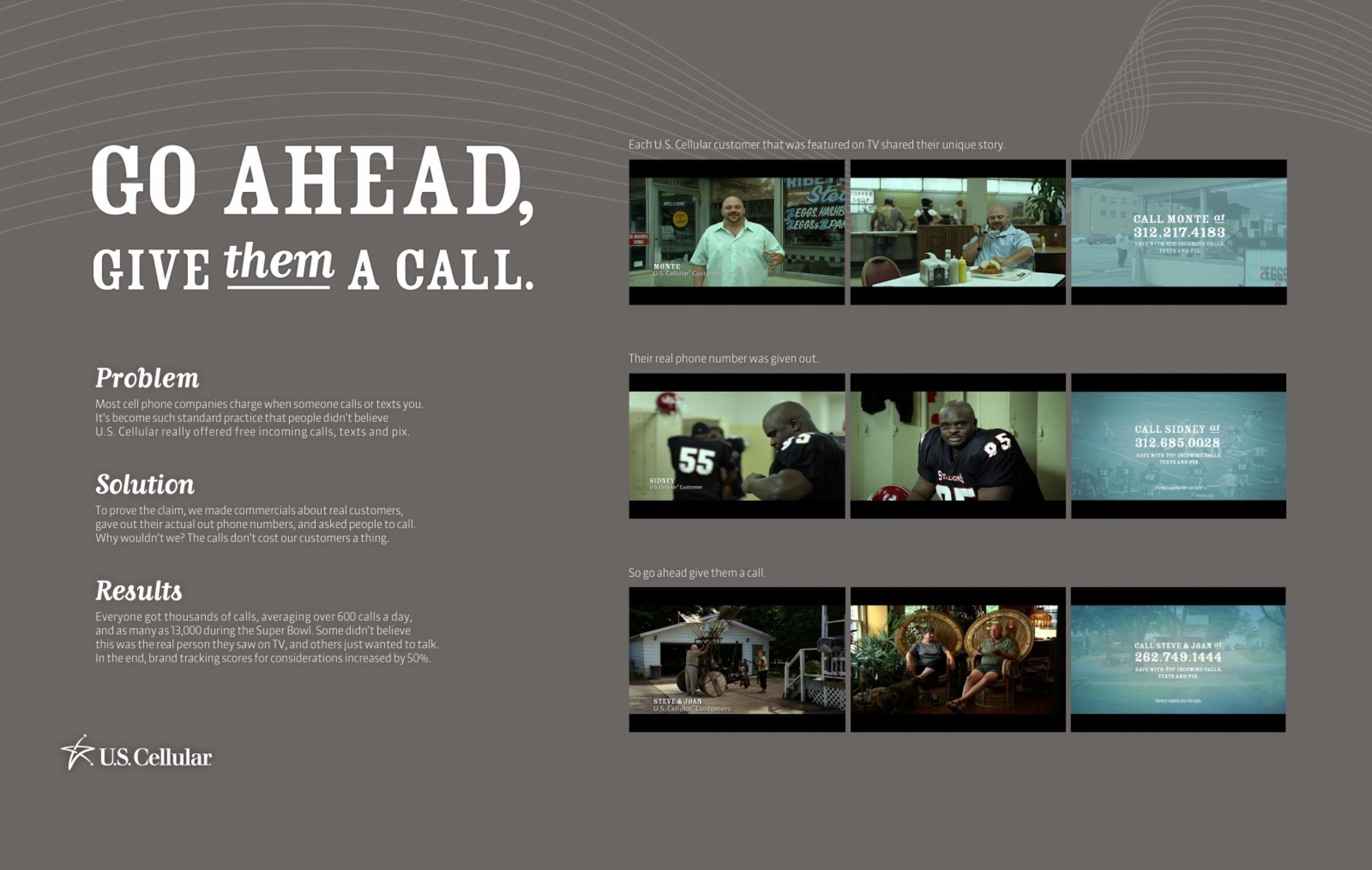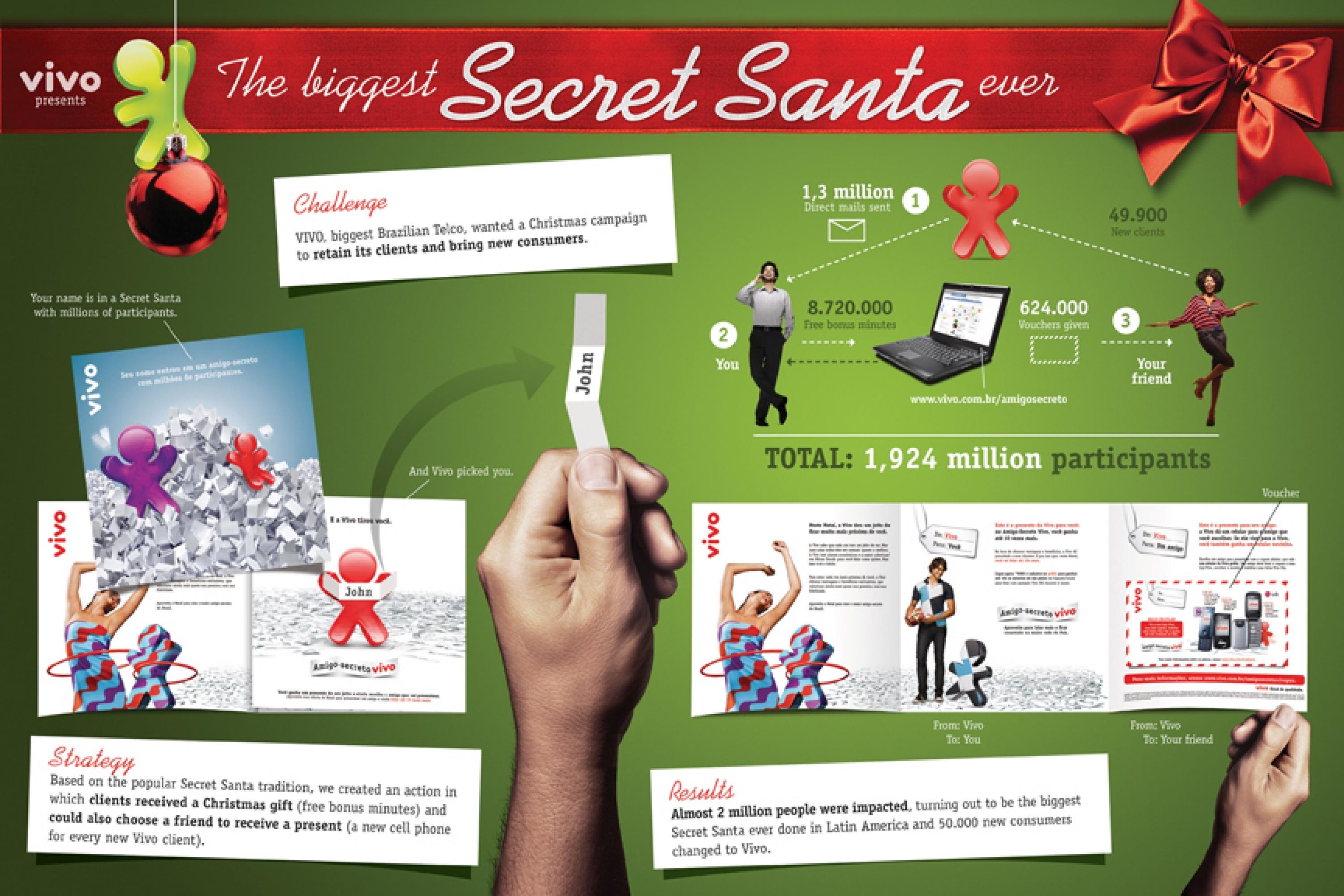Cannes Lions
The Autism Journey
AFRICA CREATIVE DDB, Sao Paulo / VIVO / 2024
Overview
Entries
Credits
Overview
Background
There are 22 million children with autism worldwide. 30% of them are non-verbal. The only way they can communicate is through the Picture Exchange Communication System (PECS). The problem is that these communication cards were created in 1985 and have not been updated since. They are standardized as if all children were the same, but each child with autism is unique. Moreover, in almost 40 years since the creation of PECS, experts have discovered that a learning accelerator can be the child's hyperfocus - an intense interest in a specific topic. So, Vivo, the largest telecom company in LATAM, used A.I. to improve these children's communication skills. We utilized an AI-generated image tool, but rewrote the code completely to generate images that were autism-friendly, considering layout, typography, and depth of field. The tool is available online, forever, and can be accessed for free by any family worldwide.
Idea
There are two types of people with autism: verbal and nonverbal. For nonverbal, the top communication is the Picture Exchange Communication System (PECS). PECS consists of cards with images that request simple things: drinking water, eating, or watching TV. The problem is that these cards were created in 1985 and remain the same today. During this time, scientific studies have discovered that the best technique for interacting with autists is to address their interests in a specific topic, also known as hyperfocus. With this in mind, Vivo Telecom, a specialist in connecting people, has democratized an expensive A.I. tool through a free online platform, allowing families to create their own PECS inspired by each child's hyperfocus. If a child has a hyperfocus on dinosaurs, for example, their family can create cards featuring dinosaurs drinking water, eating, or watching TV. This turns the old standardized PECS into a more engaging tool.
Strategy
The Autism Journey was embraced by the National Autism Association and is now being used in all autism support entities. Searches for Vivo, the client, increased by 1600%. Searches for "autism" increased by 7,300%, becoming a topic discussed in the media and in campaigns by other brands. Since its creation, the project's website has received 2,175,000 visits, with 30,000 cards created. It became the most accessed AI platform in Brazil, with an 850% increase in brand recall and 1000% increase in brand recognition. And the main result: needy families who wouldn't have access to cutting-edge technology now have the latest technology available, 100% free of charge and without even being a Vivo customer.
Execution
Children with nonverbal autism communicate through visual communication cards, called PECS. With them, children can request basic things such as drinking water, or indicate that they have a headache. The problem is that these cards have remained the same since they were created in 1985. In response to this issue, Vivo Telecom, an expert in connecting people, has democratized expensive AI technology, so that all families can create personalized PECS with images and characters that their children like, such as dinosaurs, animals, and even famous characters. On the website, you just need to write the action of the card, such as "Eat," describe any theme, and voila! Then, you can save the image on your digital device or print it out. In addition to the online tool, over 500 books, with cards based on the most popular characters on the site, have been distributed to various institutions throughout Brazil.
Similar Campaigns
12 items







